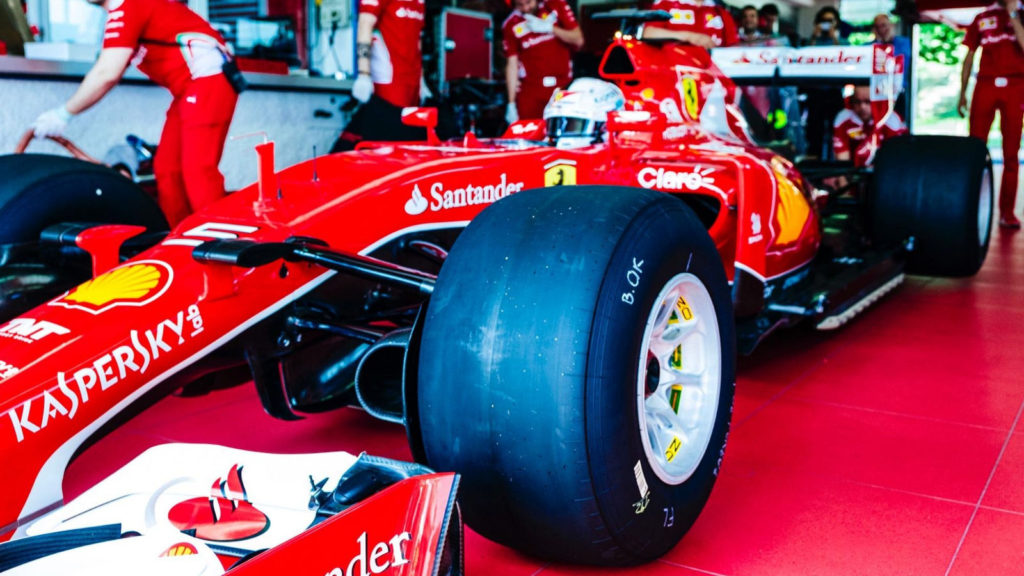OpenAI has launched GPT 5.2, a major model upgrade now available in both the API and ChatGPT. It is described as the company’s most…
How will 2017’s F1 cars look compared to 2016’s racers?

The F1 season has passed the halfway mark, and several teams are already looking to the 2017 season. Next year brings a raft of rule changes that will change the way cars look in a rather dramatic way.
Technical illustrator Giorgio Piola teamed up with Motorsport.com to show off the 2017 cars and how they stacked up to your average 2016 model. So then, how do they compare? Watch the video and read all about the changes below…
Wings?
Perhaps the biggest visual change is a longer nose with a wider, swept front-wing. This was done in a bid to boost overtaking.
The rear wing also sees drastic changes, being much lower and slightly wider than before and featuring trailing edges that overhang in a sense.
What about the tyres?
Yes, those fat tyres are indeed coming back, as the F1 bigwigs decided on wider tyres for both the front and back.
The front tyres see a bump from 245mm to 305mm, while the rear tyres see a bigger bump (from 325mms to 405mms).
Along with the wider tyres, the car in general will be wider as well, from 1800mm to 2000mm.
The “fatter” tyres are also set to deliver faster lap times, with Pirelli and F1’s website claiming gains of up to four seconds.
Ever increasing weight
The Hybrid Era brought with it heavier cars, owing to the complexity of the new generation V6 Turbo Hybrid engines. Don’t expect weight to be dropped next year.
In fact, the cars are expected to leap up from 702 kilograms to just over 722 kilograms plus roughly five kilos for the tyres.
Engine changes?
We’re set to stay with the V6 engine specs for this year, but teams will be limited to using just four engines per car in the season, down from this year’s five.
Another big change is the abolishment of engine tokens for in-season development, effectively allowing engine manufacturers to make as many changes as they want within the season.
The final major change is that if a team can’t come to an agreement for engines, the engine manufacturer supplying the fewest teams will need to step in. As of writing, this would be Honda.
Featured image: Pirelli Motorsport

